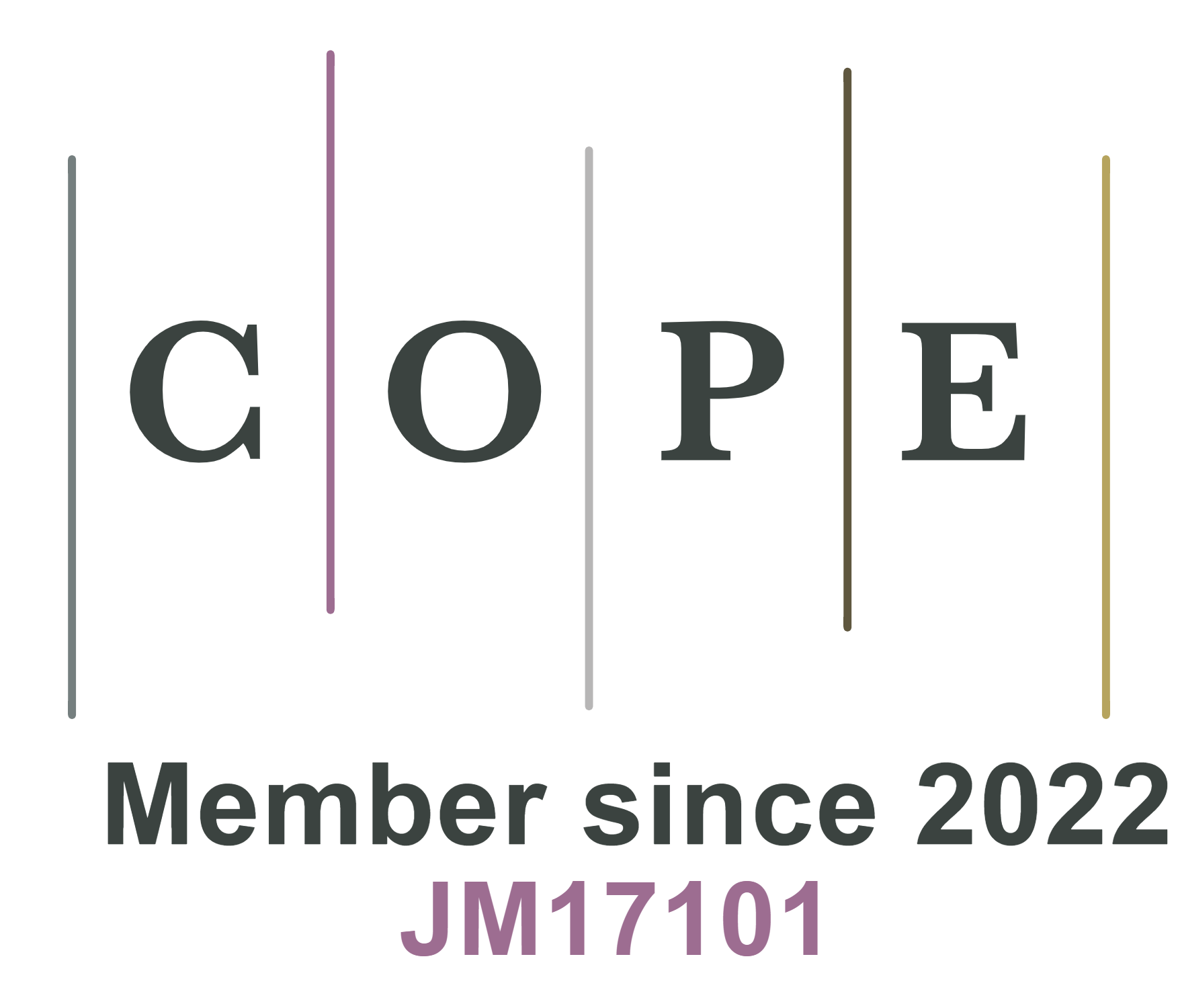Spotlight on Prof. Maria Helena Braga: Insights from the Corresponding Author of Energy Materials Volume 5, Issue 8 Cover Article
Energy Materials (EM) recently interviewed Prof. Maria Helena Braga from the University of Porto, Portugal, the corresponding author of the back-cover article in Volume 5, Issue 8, titled "All-solid-state lithium batteries with NMC955cathodes: PVDF-free formulation with SBR and capacity recovery insights." An animated overview of this article is available here: High-Performing Cathodes for Lithium-Ion Batteries. In the interview, Prof. Braga discussed her research on all-solid-state batteries, focusing on the development of safe, sustainable, and cost-effective solid electrolytes and novel cathode designs. She highlighted strategies to enhance capacity retention and cycle life, including optimized cycling protocols and the use of PVDF-free SBR binders, as well as the design of structural and anode-less batteries for practical applications. Prof. Braga also emphasized the importance of integrating simulation and experimental feedback to understand chemical potentials and interface behavior in solid-state systems. Prof. Braga also noted that her earlier collaboration with Nobel laureate Professor John Goodenough significantly influenced her approach to experimentation and scientific discussion.
Watch the following video for expert insights from Prof. Maria Helena Braga:
Interview Questions:
1. Could you please introduce your recent research directions and the focus of your team?
2. Thank you for your significant contributions to our journal. In your publication, "All-solid-state lithium batteries with NMC955cathodes: PVDF-free formulation with SBR and capacity recovery insights," the main innovation lies in the use of a PVDF-free binder (SBR) combined with optimized cycling protocols, which significantly enhances the capacity retention and self-recovery of the NMC955 cathode in all-solid-state lithium batteries, while also promoting environmental sustainability. Could you discuss the broader significance of this innovative approach for the development of high-performance and sustainable solid-state battery systems?
3. What motivated you to explore this particular strategy, and what factors led you to believe it could offer advantages for improving solid-state lithium battery performance?
4. Looking ahead, what do you see as the major scientific and technical challenges in advancing all-solid-state battery technology, and which areas do you plan to focus on to further improve performance, scalability, and practical applications?
5. Many researchers draw inspiration from experiences outside the lab. Are there any hobbies, routines, or personal experiences that have unexpectedly influenced your scientific thinking or creativity in your battery research?
About the Interviewee:

Prof. Maria Helena Braga is a materials scientist specializing in solid-state batteries and energy storage materials. She completed her research fellowship at the University of Texas at Austin, collaborating with Prof. John B. Goodenough, Nobel Laureate in Chemistry 2019, and previously held a long-term visiting position at Los Alamos National Laboratory. Her research focuses on the experimental and theoretical characterization of solid-state materials and devices, including ferroelectrics, electrolytes, metal hydrides, and innovative battery architectures. Recognized among the World's Top 2% Scientists (2023-2024), she has received awards including the 2024 FEUP Scientific Excellence Award and the Portuguese Materials Society Maria Manuela Oliveira Award.
Editor: Judy Zhang
Language Editor: Emma Chen
Production Editor: Ting Xu
Respectfully Submitted by the Editorial Office of Energy Materials









